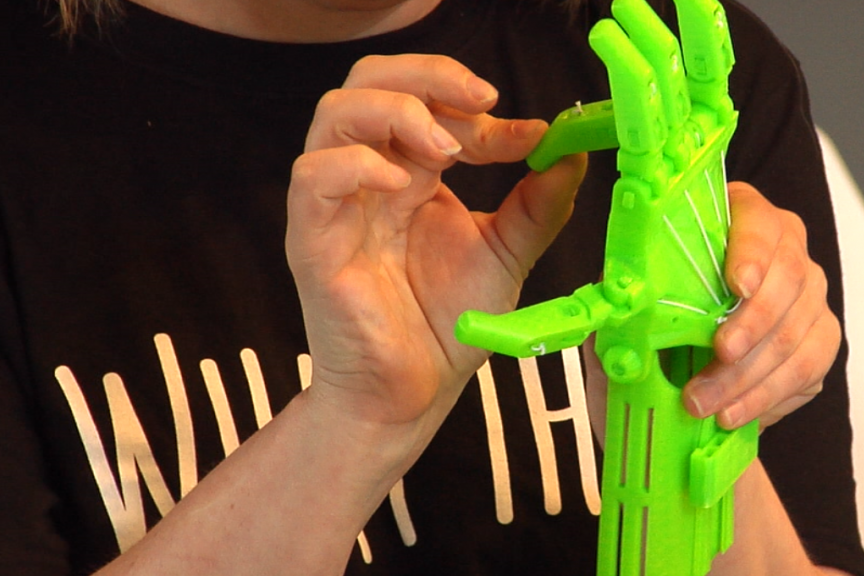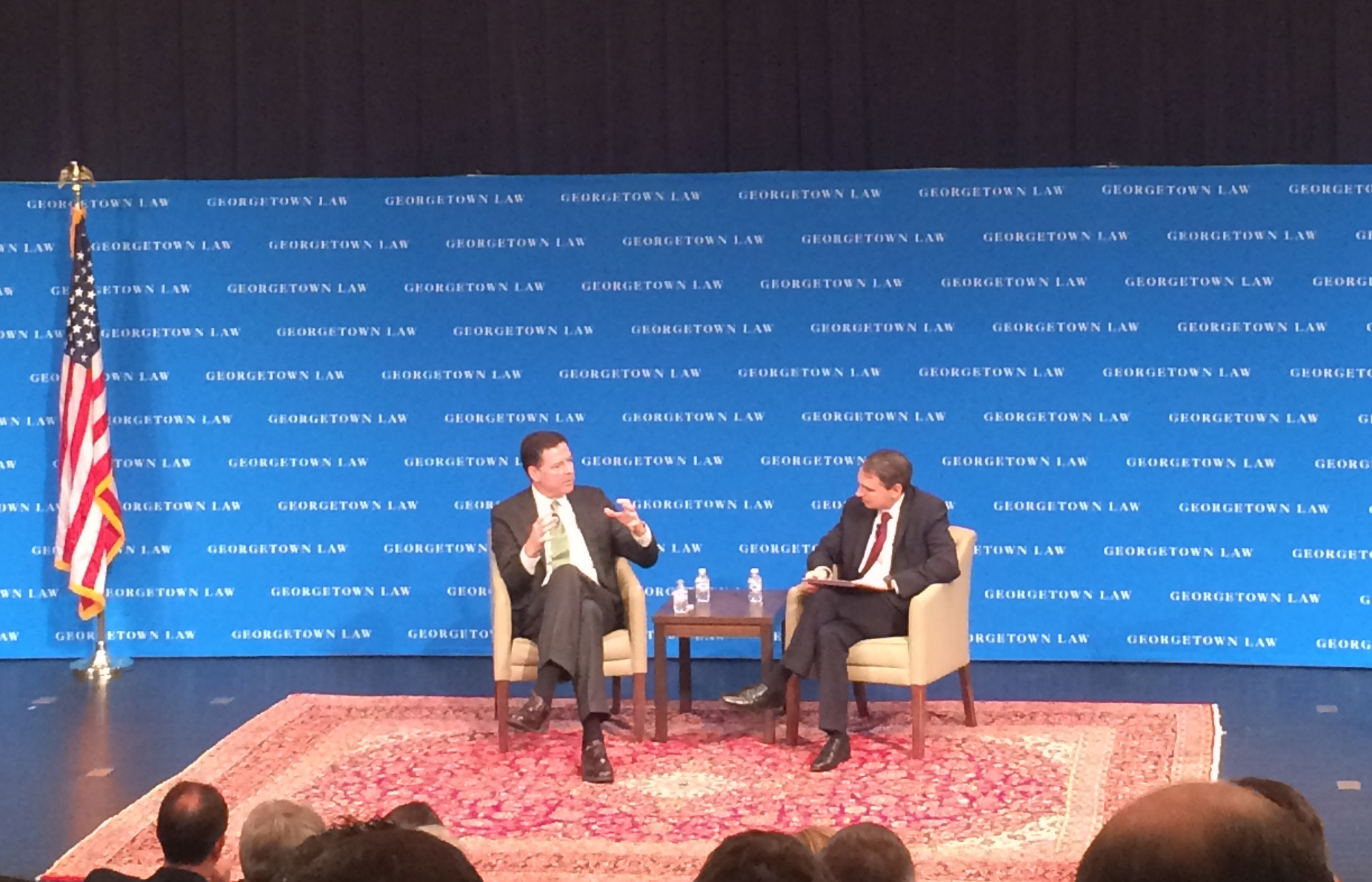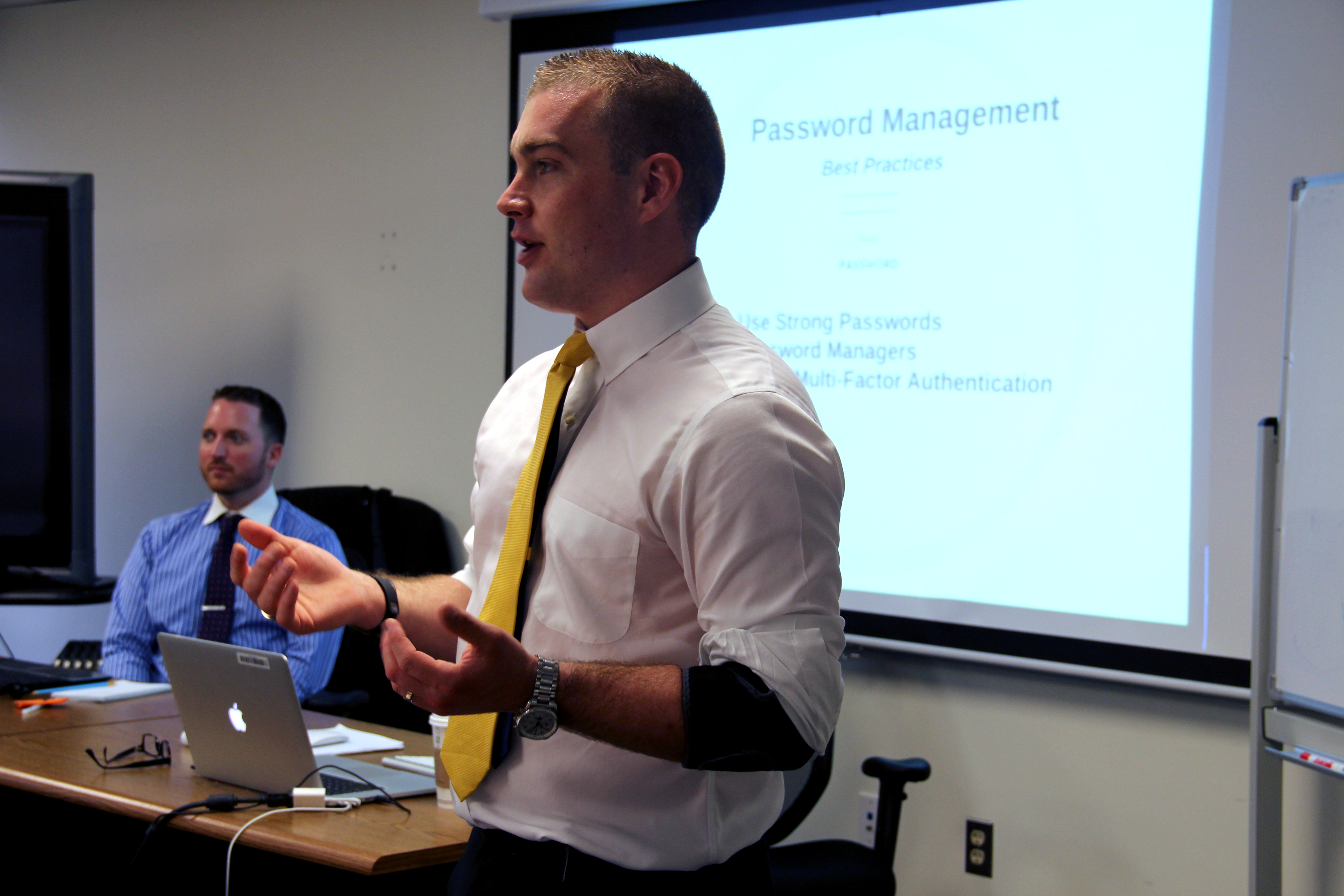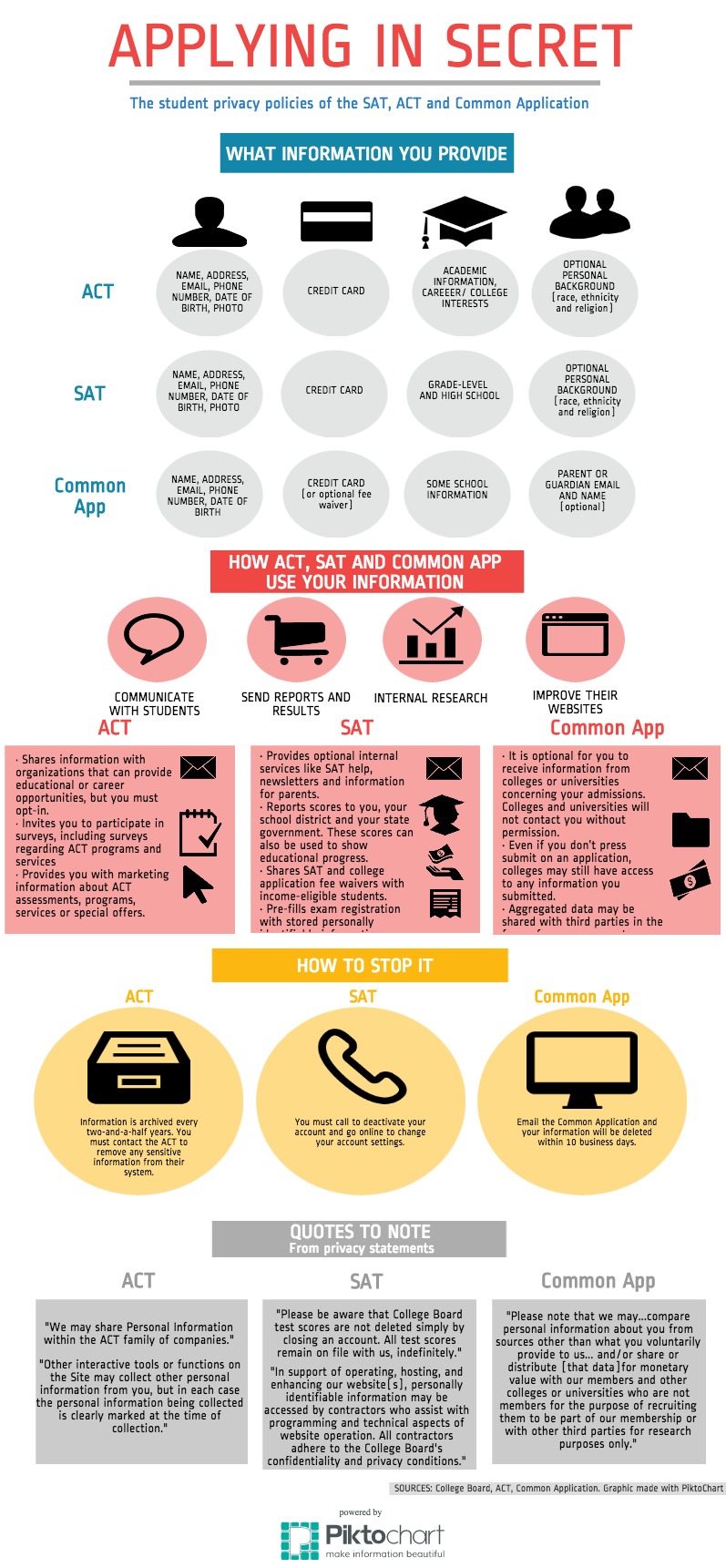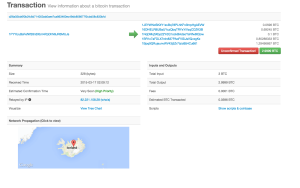WASHINGTON – Last November, the Department of Defense unveiled its Defense Innovation Initiative. A core component of the initiative is the formation of a new Long-Range Research and Development Planning Program that will purportedly target several technology areas, including how to use 3-D printing to revolutionize national defense.
Already, 3-D printing is capable of producing artificial limbs, guns and even cars. But what is limiting its wide-range use in military?
“Just because a new technology can provide a service, like printing new things, doesn’t mean it necessarily should provide us service,” said Brennan Hogan, program manager of LMI Research Institute, a private corporation that provides management consulting, research and analysis to governments.
A lot of concerns should be taken into account before massively applying this technology. For example, what’s the implication of applying it? How to ensure the quality? How to test different parts of a machine? How big the testing scale should be? And where to test — lab or market?
“Next two or three years would be additive manufacturing. And so the democratization of the ability of manufacturing,” said Jim Joyce, manufacturing strategy and operation specialist leader of Deloitte. “The breaking of the tyranny of the scale of capital machine or people who are manufacturing will be the basis of the profound revolution.”
“We do have the taxpayer in mind, but there seems to be a struggle between those of the current leadership on the Hill and their understanding of what the industrial bases is trying to do,” Hogan said.
The government’s procurement system provides lots of protections to taxpayers, but when it comes to additive manufacturing – which basically is able to reach all aspects of people’s life – some of the requirements don’t actually meet the needs of what things are being proposed.
“The potential for revolutionary advancement is absolutely there. Where we are, though, is that we have an acquisition system that is ill-suited to deal with that,” said James Kenyon, director of advanced programs and technology at Pratt & Whitney. “Why? Because these things cost taxpayers’ money.”
The current stage of additive manufacturing is still evolutionary as DoD is working on determining which hardware out of the hundreds of thousands should be replicated using this new technology instead of using them to do something logistically different.
However, we’ve already seen many 3-D printing use in military. The naval dental school has been printing bridges for people in their mouths for almost 30 years. The customization of an individual’s physiology and the lack of infection makes it a perfect alternative for traditional artificial teeth. It is also used in modification of weapons so that they are more customized for individuals, rather than mass produced. Another typical example for its military use is its rapid equipping ability. Whenever troops need something that they didn’t have at the moment, they can just print it out in a short time.
“The revolution comes by when you can certify the results of additive manufacturing,” Joyce said. “We should break the logistic pressure by unleash the technology in various ways.”


